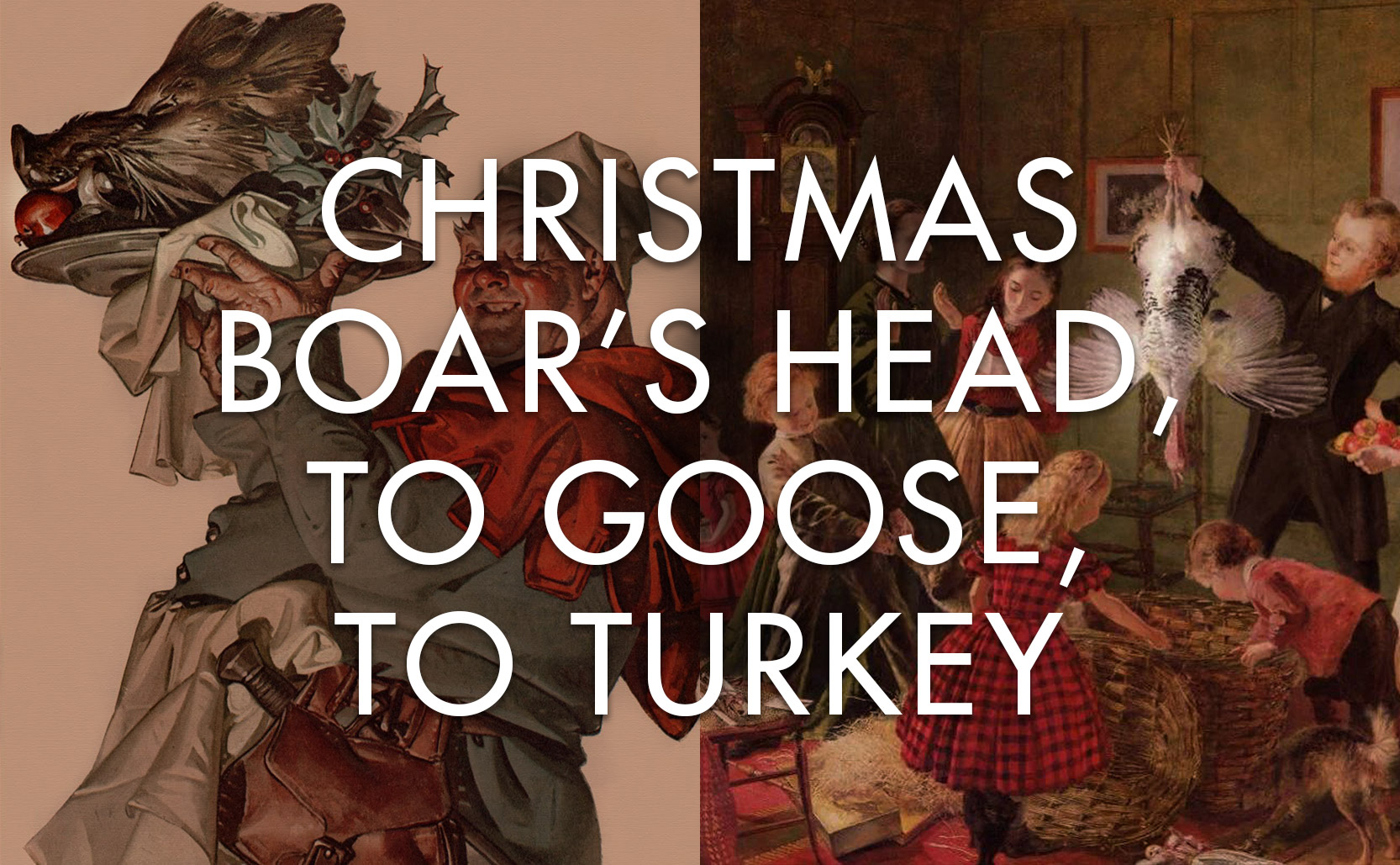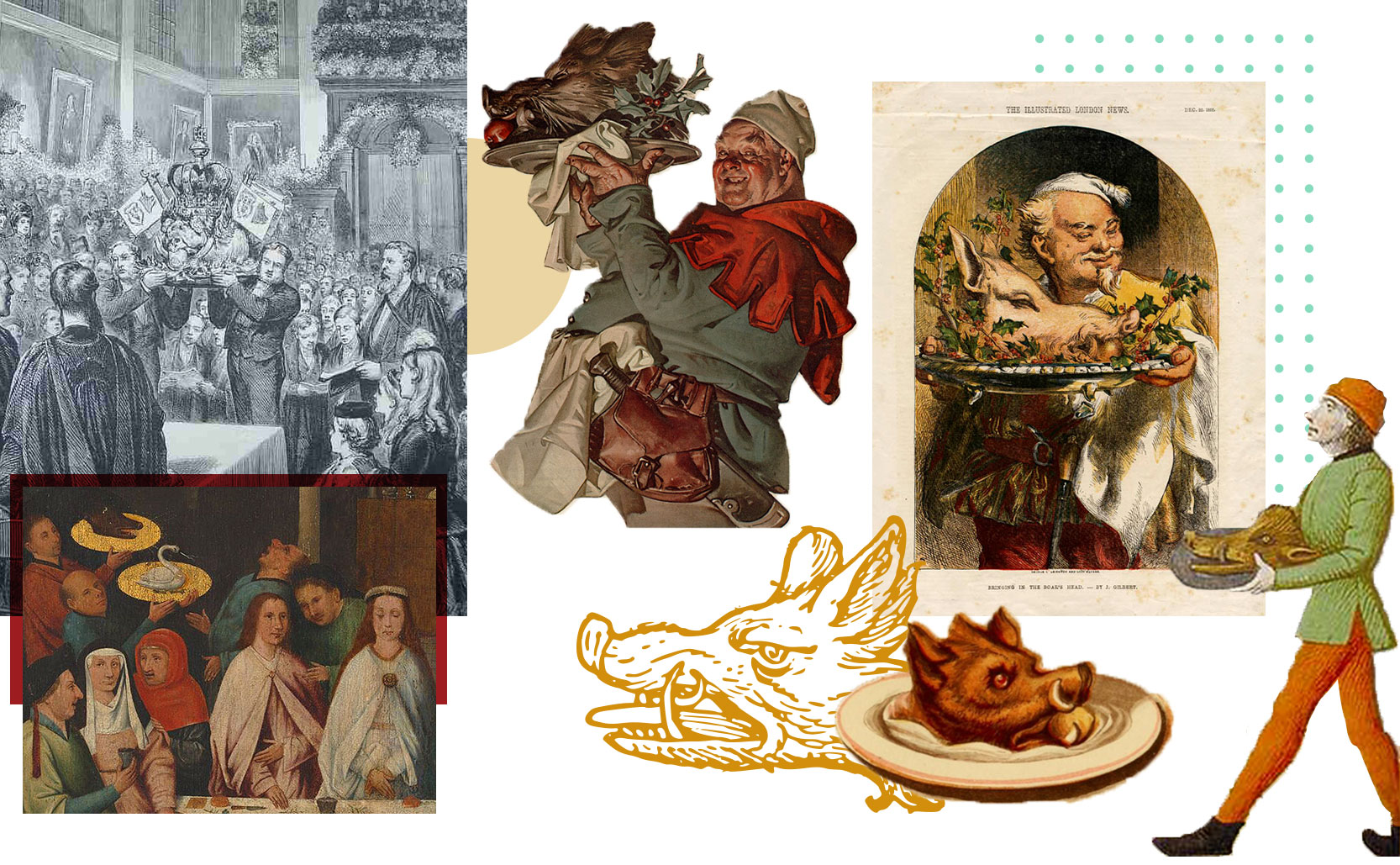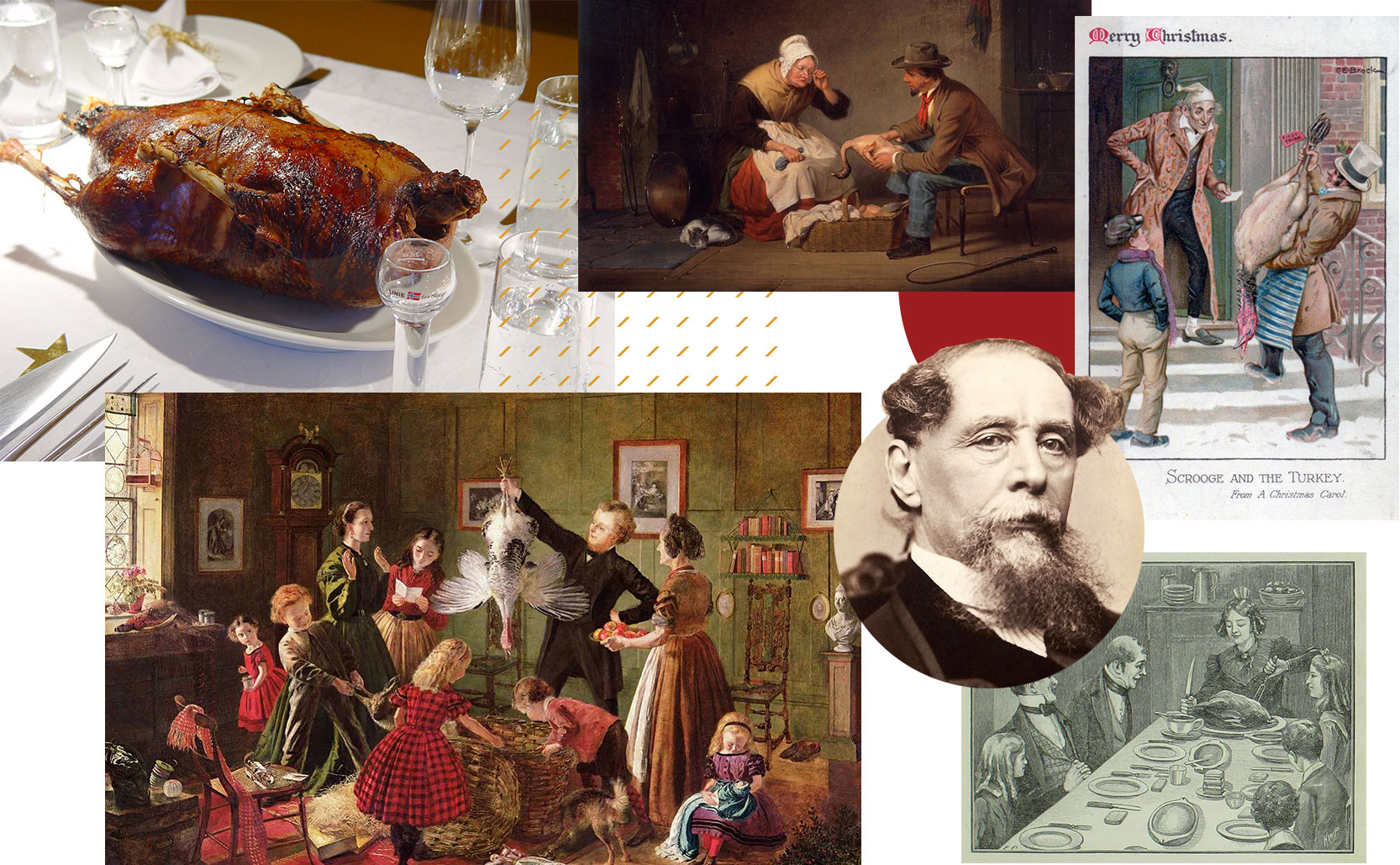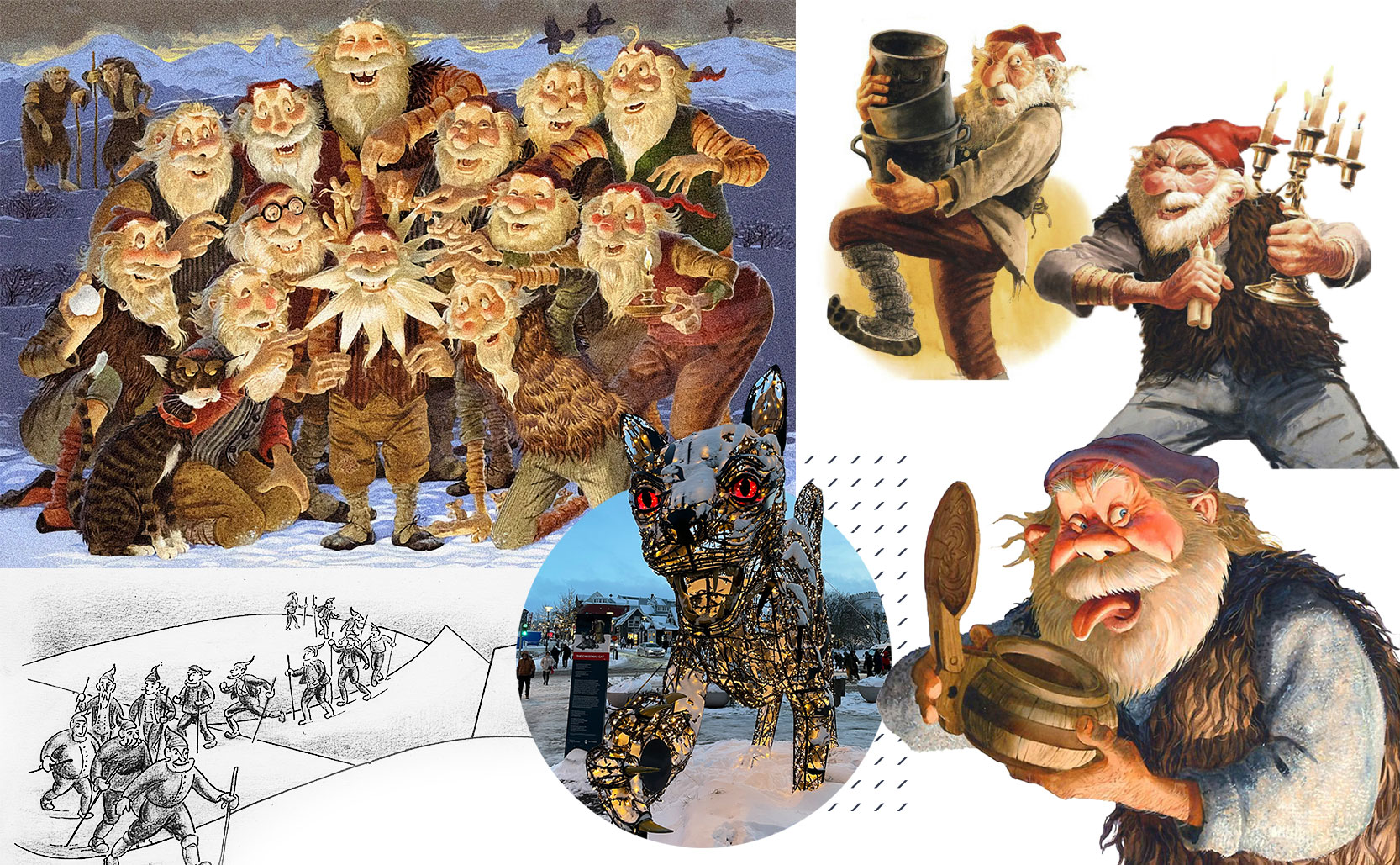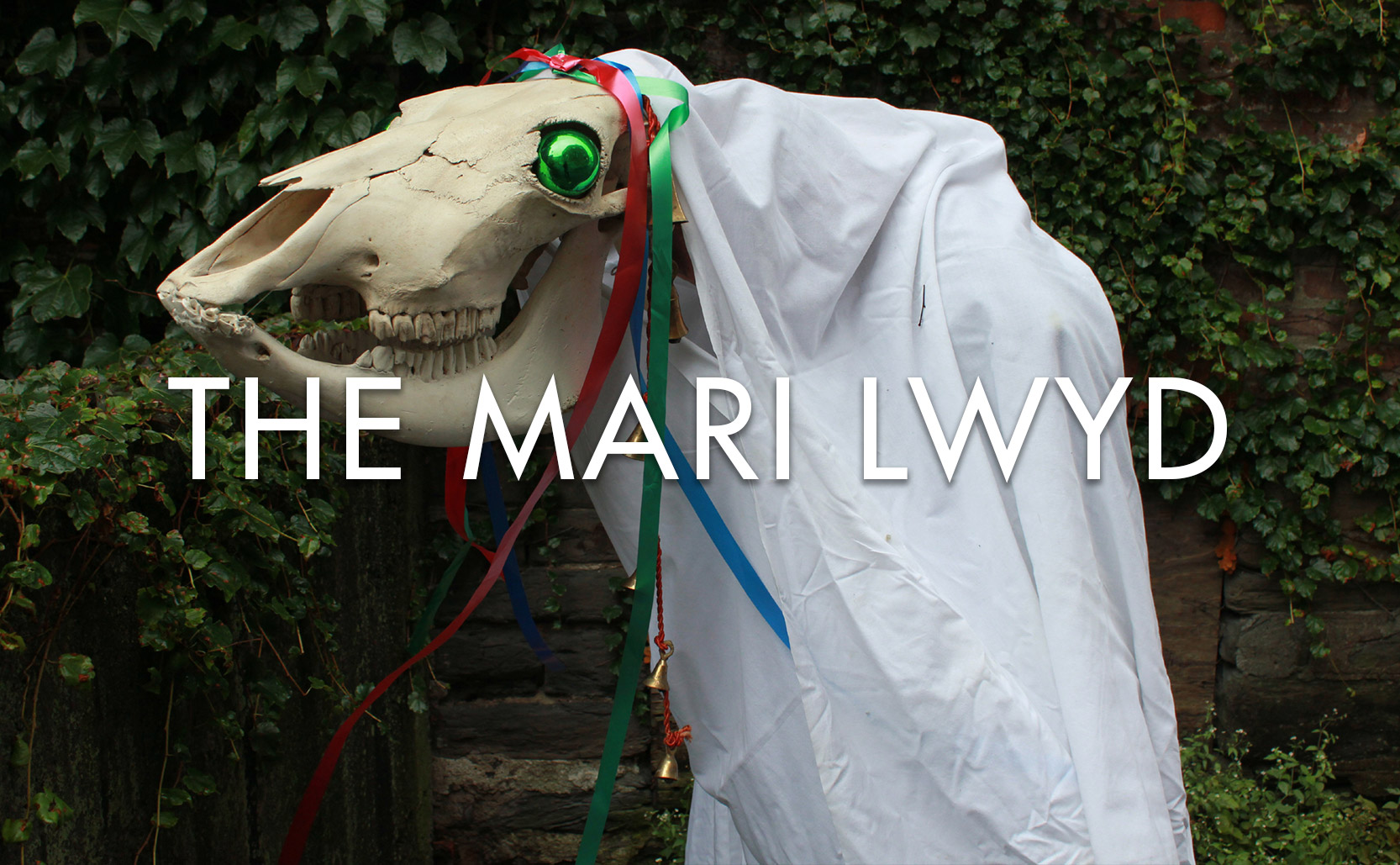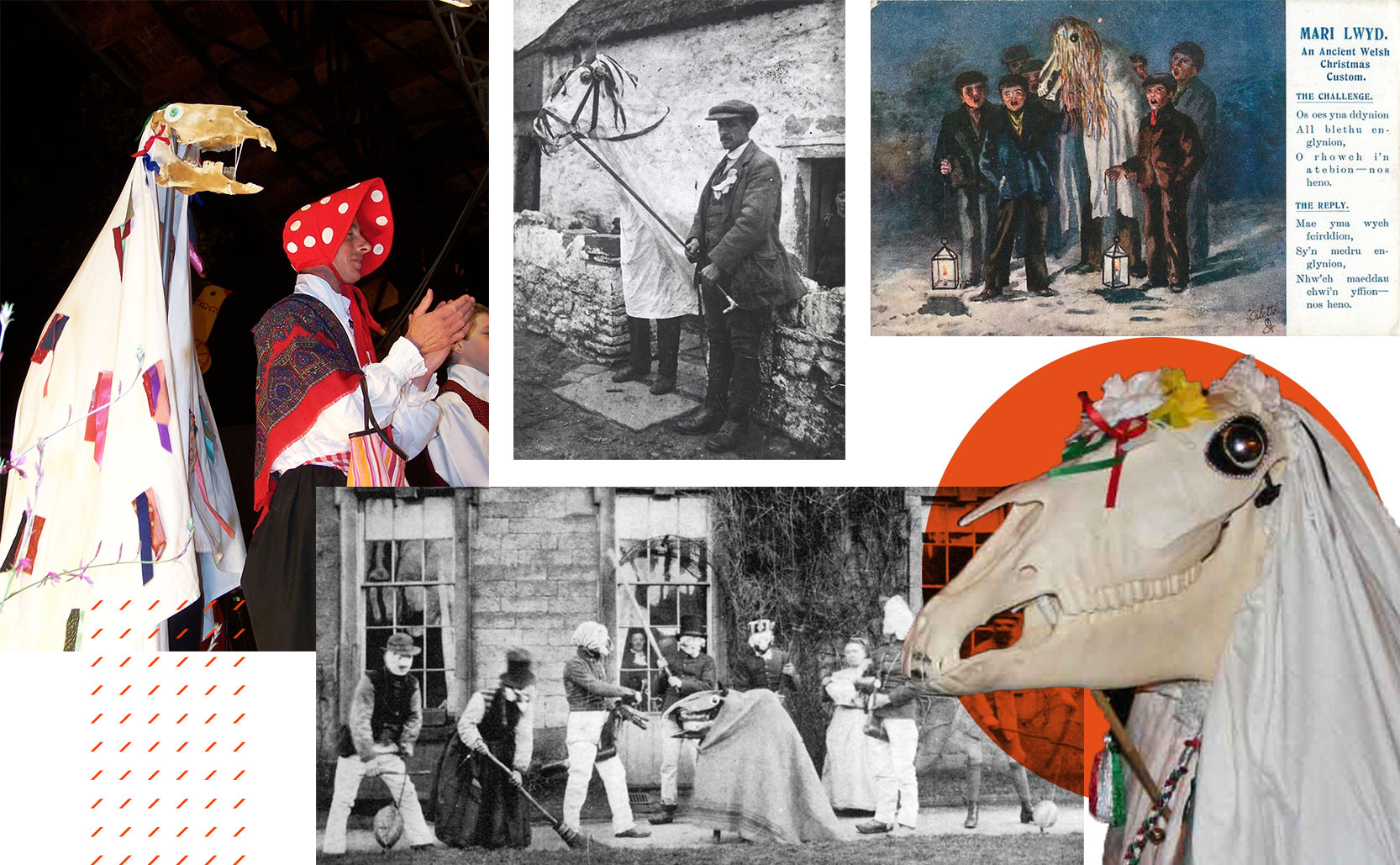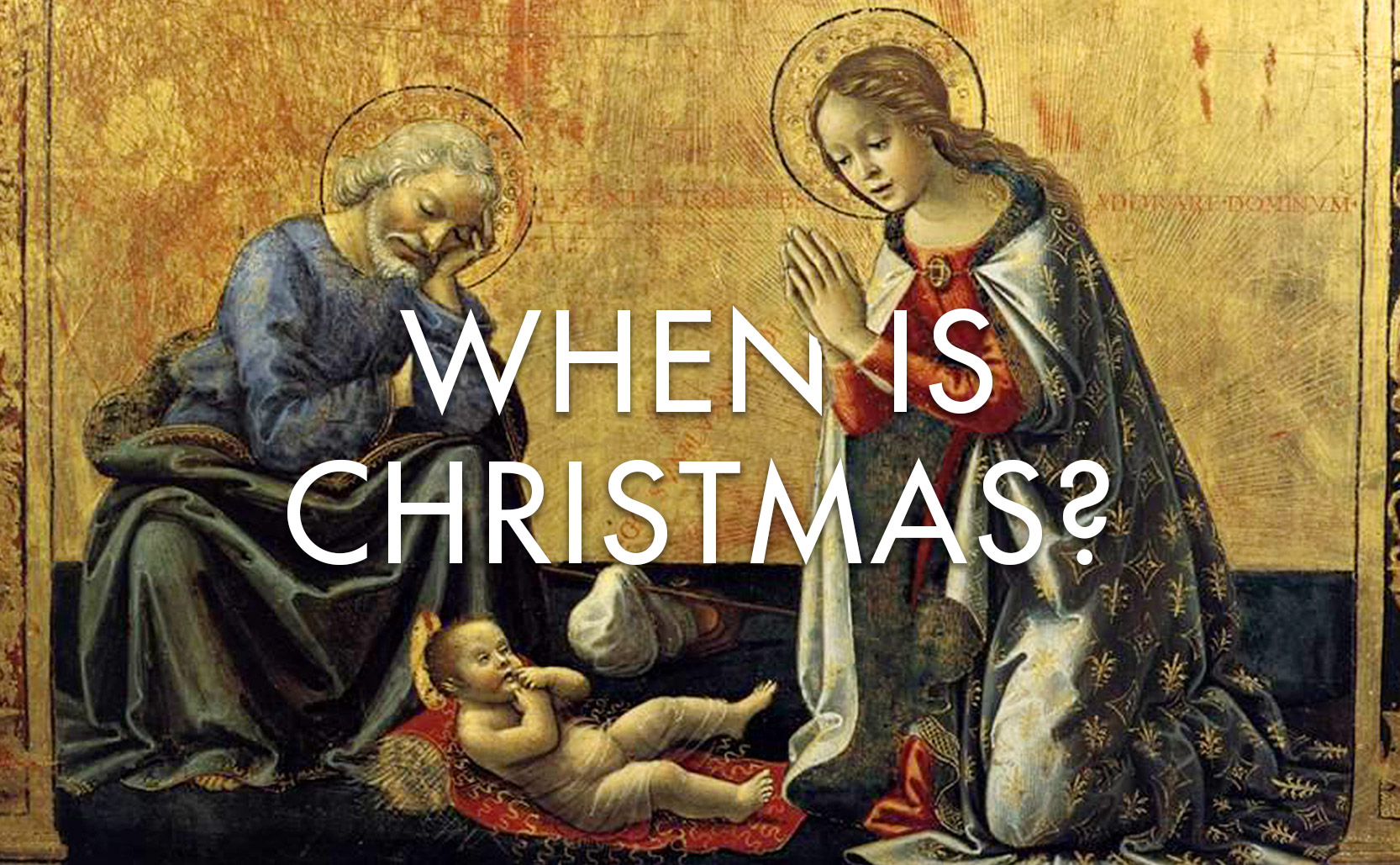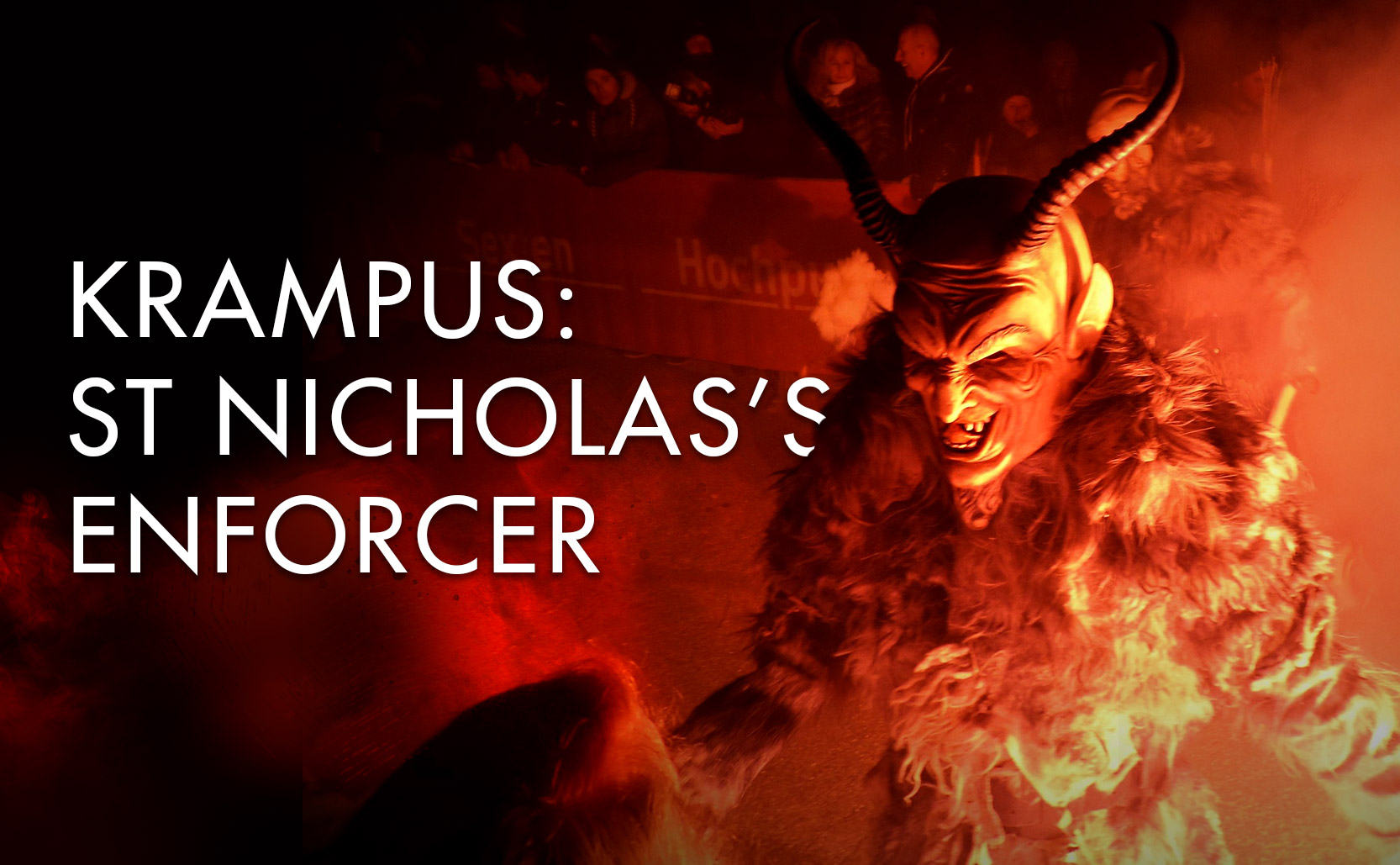Candy Canes
Sugary seasonal treats with a twisted history of misconceptions.
Candy cane history is a twisted mystery. The most common story is that a choirmaster in late 17th century Cologne, Germany invented candy canes as a way to keep children in the choir on good behavior. Unfortunately there is nothing to substantiate any of this and, further, the choirmaster story can only be traced back to the mid 20th century.
Then there is the religious symbolism said to have been intentionally included. Candy canes were not white to represent the sinless life of Jesus or the virgin birth. Then later they were not red & white striped to represent the blood & purity of Christ, or that the three small red stripes represented the trinity. It’s also fiction that candy canes are shaped like a J to represent the name of Jesus, or for Christians to secretly identify one another during times of persecution, or the arched crook was added to look like a shepherd’s staff. All of these are retrofitted ideas added years later.
Candy cane creation stories are typically couched in generalized, soft, vague language – fuzzy on verifiable details. We get suspicious claims about a “choirmaster” or a “candymaker” but never a specific name, place, or date.
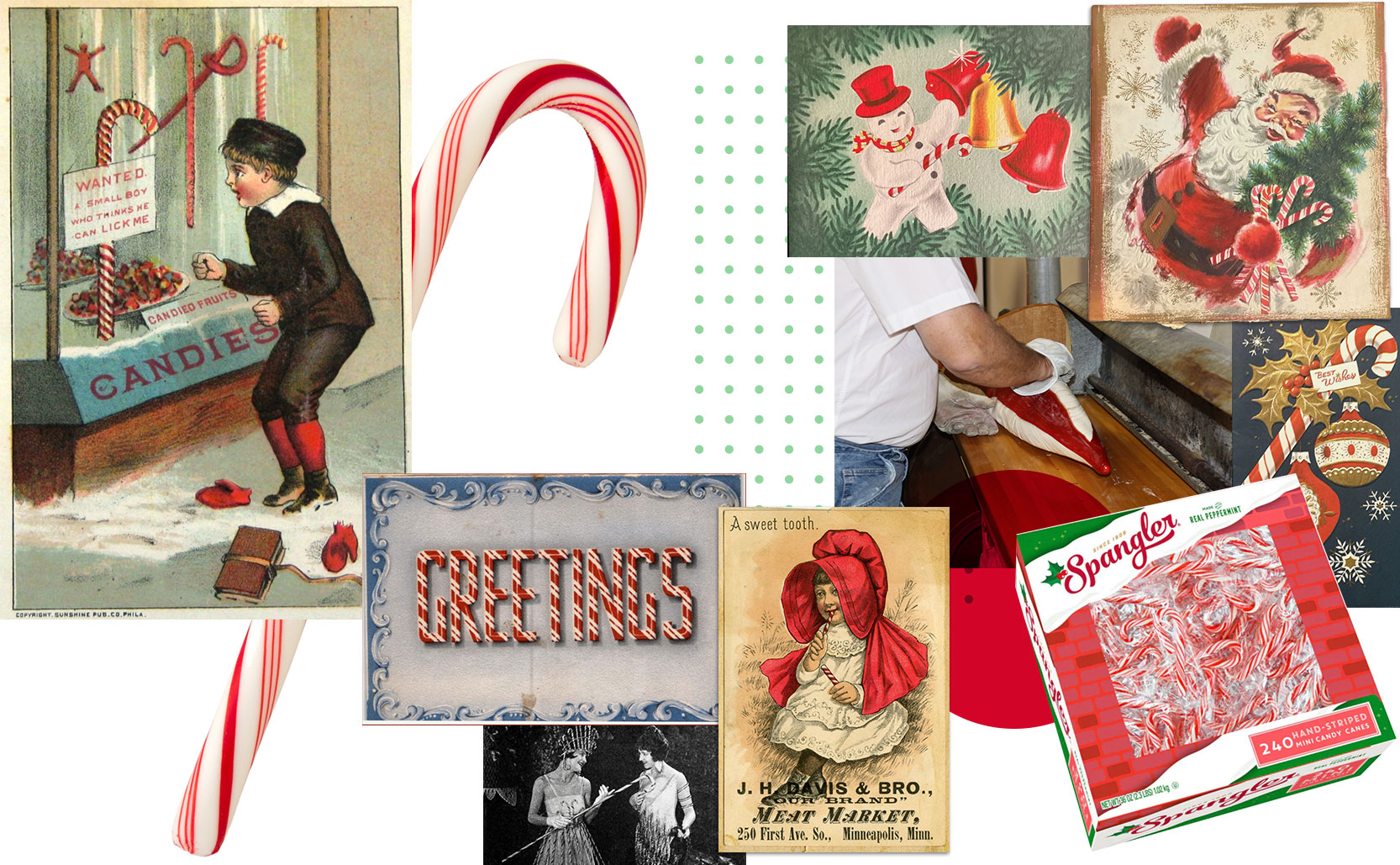
Further down the candy spiral
So how did candy canes come to be? To start, sweet candy sticks have been around for centuries. Early candy sticks were plain white and came in a variety of possible flavors. So if the German choirmaster story has any truth the original candy canes would have been sugary plain white rods.
Rather than the 1600s the first English language mention of candy canes is much more recent – the 19th century. Candy rods with peppermint flavoring have existed since at least 1844 and 19th century Christmas cards show them as plain white rods. Striped candy rods have existed since at least the mid 19th century and the curved J shape probably began in the late 19th or early 20th century. The claim that candy rods were bent to better hang them from Christmas trees also lacks any real evidence.
It’s disappointing but nobody knows exactly how or when candy canes were invented. Like many products candy canes are more likely just the result of a slow evolution by manufacturers creating ever more interesting and enticing products. It’s the work of sales not saints.
Candy Canes Today
Over time candy canes became increasingly associated with Christmas. The red & white color combination was perfect for the season. The United States more than any other country decorates their Christmas trees with candy canes (the US is also the country that buys the most candy canes). It’s the rare candy that is purchased as both food and/or decoration.
Spangler Candy is the largest producer of candy canes in America, producing about 2.7 million candy canes per day making about 650 million candy canes a year.
Today candy canes aren’t limited to peppermint flavor or just red & white stripes. Specialty flavors such as ketchup, sardine, pizza, pickle and more are all available coming in a variety of colors. We have even come back around to an all-white plain flavored (no peppermint) being available.
Added info: Candy Canes are a part of 1892’s The Nutcracker in Act II’s The Land of Sweets.
The red & white stripe swirl of candy canes gave the flower oxalis versicolor it’s common name of candy cane sorrel.
Candy canes have also flattened (in a way) to become peppermint bark. Peppermint bark is a chocolate candy that has white chocolate on top with bits of candy cane sprinkled on top.
Humbugs are another striped mint candy but the stripes are more typically brown and not red.



